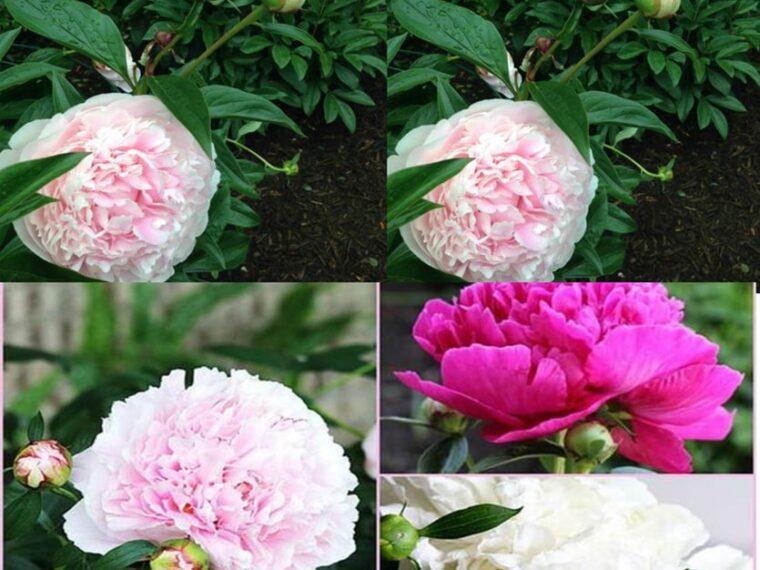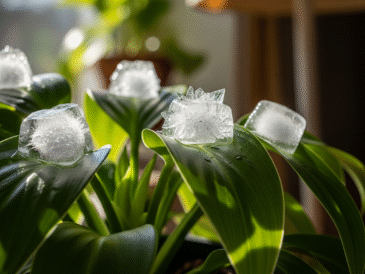Peonies are one of the most romantic and beloved flowers in gardens worldwide, celebrated for their lush blooms, delicate fragrance, and symbolic association with love and prosperity. Whether you’re a gardening novice or a seasoned enthusiast, cultivating peonies can transform your outdoor space into a stunning floral haven. This guide will walk you through every step of growing and caring for these magnificent plants.
Table of Contents
- Why Grow Peonies?
- Understanding Peony Varieties
- Choosing the Right Location for Peonies
- When and How to Plant Peonies
- Soil Preparation for Healthy Growth
- Caring for Peonies Through the Seasons
- Watering
- Fertilizing
- Mulching
- Supporting Peony Blooms
- Pruning and Deadheading Peonies
- Preventing Pests and Diseases
- How to Divide and Propagate Peonies
- Growing Peonies in Containers
- Companion Plants for Peonies
- Common Challenges and Solutions
- Seasonal Care Calendar for Peonies
- Benefits of Growing Peonies at Home
1. Why Grow Peonies?
Peonies are prized for their:
- Aesthetic Appeal: Their large, showy blooms make them garden favorites.
- Longevity: With proper care, peonies can thrive for decades, sometimes over 50 years.
- Symbolism: In many cultures, peonies symbolize romance, prosperity, and honor.
2. Understanding Peony Varieties
There are three main types of peonies, each with unique characteristics:
- Herbaceous Peonies: These die back to the ground each winter and regrow in spring.
- Tree Peonies: Woody shrubs that retain their structure year-round and produce larger blooms.
- Intersectional (Itoh) Peonies: A hybrid of herbaceous and tree peonies, offering unique colors and long-lasting blooms.
3. Choosing the Right Location for Peonies
Peonies thrive in spots with:
- Full Sunlight: At least 6–8 hours of direct sunlight daily.
- Good Air Circulation: This reduces the risk of fungal diseases.
- Well-Draining Soil: Avoid areas prone to waterlogging.
4. When and How to Plant Peonies
When to Plant
- Plant peonies in early fall to allow roots to establish before winter.
How to Plant Peonies
- Digging the Hole: Dig a hole about 2 feet wide and 1–2 feet deep.
- Positioning the Roots: Place the rootstock with buds (eyes) facing upwards, no more than 2 inches below the soil surface.
- Backfilling: Fill the hole with soil, gently tamping it down to remove air pockets.
- Watering: Water thoroughly to help the plant settle.
5. Soil Preparation for Healthy Growth
Peonies prefer slightly acidic to neutral soil (pH 6.5–7). To prepare:
- Add organic compost to enrich the soil.
- Improve drainage by mixing in coarse sand or perlite if needed.
- Test soil pH and adjust with lime (to raise pH) or sulfur (to lower pH).
6. Caring for Peonies Through the Seasons
TO CONTINUE READING THE ARTICLE PLEASE SEE PAGE 2




